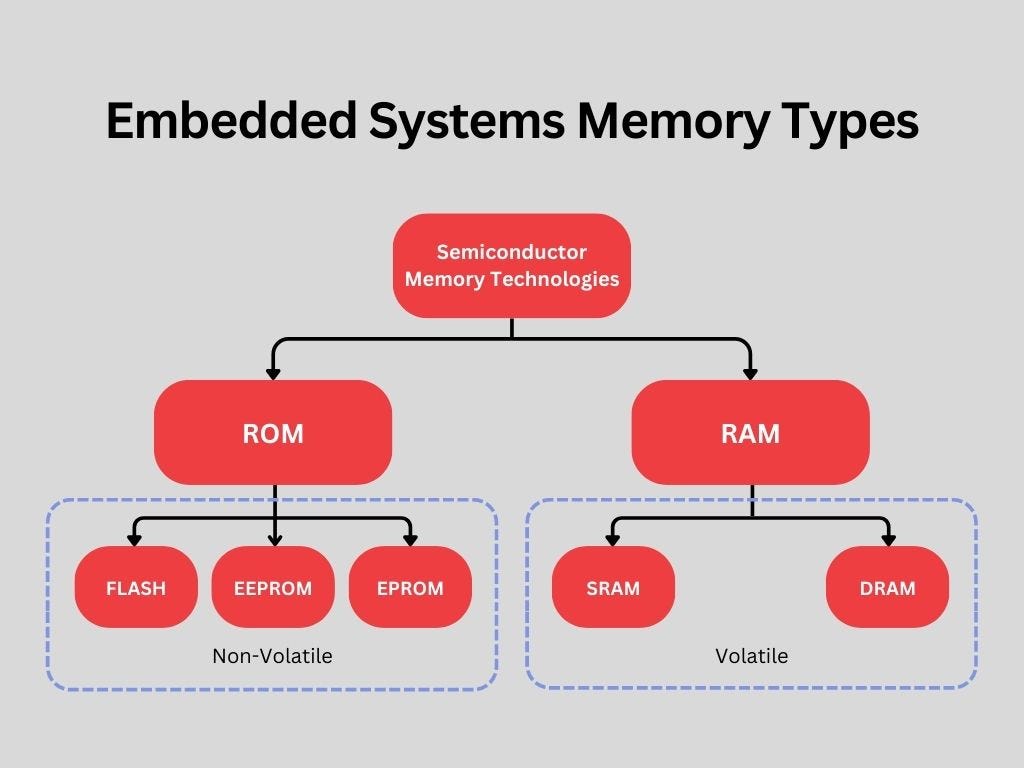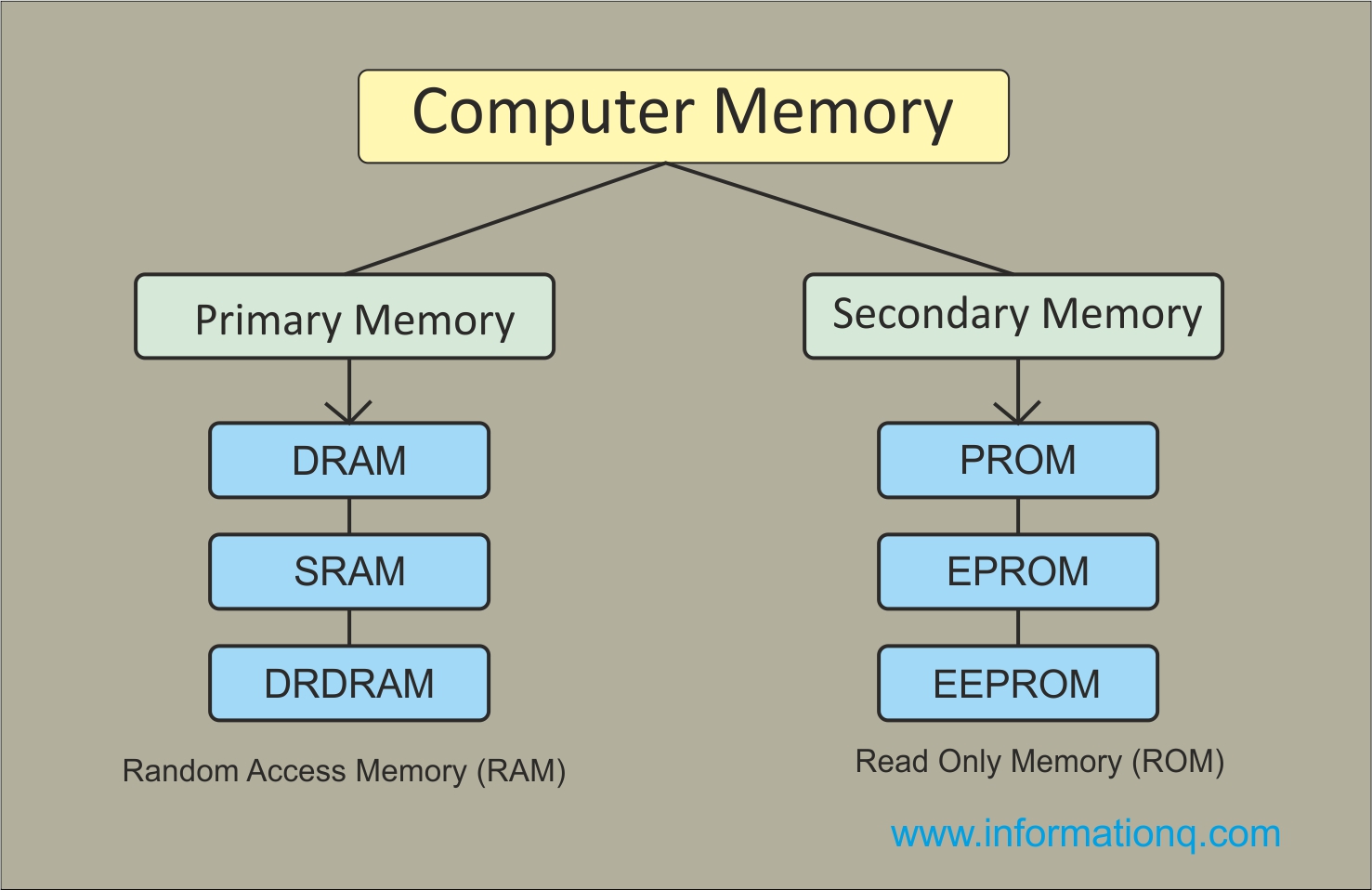Roads & PavementRoads & Pavement
Barefoot
Minimal
Low
Medium
High
Maximal
All around running shoes offer comfort and cushioning for daily runs, jogs, walks, and long mileage. They offer enough versatility for both faster and slower runs and are a great option for those who want one running shoe to do it all.
Fast run or uptempo running shoes are lightweight and responsive. They offer streamlined designs that have minimal uppers and offer a high level of energy return. These shoes are a great option for faster runs in the week or those looking for a livelier experience.
Max Cushion shoes offer premium cushioning with ample ground protection and a stable ride. These types of shoes provide abundant impact protection that softens landings while running at any pace or distance. These types of shoes are best for slower recovery runs and easy days where comfort takes priority.
Racing shoes are designed with optimal performance in mind. These types of shoes have snug-fitting uppers, energetic midsole foams, and features implemented for maximum efficiency. These types of shoes are best for runners looking to gain the ultimate advantage in races but may sacrifice some durability and comfort.
Gym Workout shoes offer a stable and versatile ride. They have a firmer underfoot feeling that provides stability for lateral movements with comfortable uppers. These types of shoes are best for trips to the gyms, cross training, casual wear, and light running. Difference between Volatile Memory and Non Volatile Memory
Road running shoes feature smooth outsoles that are designed for running on paved surfaces such as roads, sidewalks, and bike paths.
Designed to handle most trail runs, these shoes prioritize comfort and a smooth ride. These shoes are great for anything from smooth singletrack, park trails, and fireroads making them ideal for those who run from their doorstep on streets before hitting the trail.
These shoes are best used for hard, rugged trails such as shale, granite or sandstone where grip on smooth surfaces and underfoot protection are important.
Designed for use in muddy, soggy conditions, these shoes feature very aggressive outsoles that dig deep into soft ground for exceptional traction.
These shoes feature technical outsoles designed to grip snowy and icy trails making them ideal for winter trail running.
Cushioning level, or stack height, refers to how much shoe is between your foot and the ground. For this category, we reference the amount of cushioning below the forefoot as the heel height will be equal to or greater than the forefoot height.
Solved Which statement differentiates between read only Chegg
0-13mm. The Shoe generally does not have a midsole and feels like there is no cushioning. This shoe is all about feeling the ground underfoot.
14-18mm. The shoe has a thin midsole that allows for a natural running experience. Racing shoes and minimalist shoes are common here. These shoes offer a feeling of being connected to the road or trail.
19-23mm. The shoe has a slightly cushioned feel and may feature added cushioning technologies. Performance training shoes and some trail shoes are common here. These offer protection during footstrike but prioritize a lightweight, grounded experience.
24-28mm. These shoes have a stack height that fall near the middle of the spectrum.The shoes in this category are verstaile and great for all types of runs and distances.
29-34mm. The shoe has a thick midsole and ample cushioning. These shoes are highly protective and absorb more impact than the body.
35mm plus. The shoe has an extremely thick midsole and extra cushioning. The focus is on protection and soft foam underfoot with hardly any ground feel.
Neutral shoes support the foot through a normal range of arch collapse and generally do not have a built-in technology to correct movement.
Stability shoes are a great option for those who overpronate or need added support. These shoes help to limit the inward rolling motion of the ankle while running or walking and assist in guiding the foot straight through the gait cycle. Two types Computer Memory Primary and Secondary Memory
Product Details:
Difference between RAM and ROM in a tabular form sale, CODWORD on X sale, Volatile Memory Javatpoint sale, hindi What is RAM What is Volatile memory How RAM works Explained sale, Solved Which states a difference between read only memory Chegg sale, What is a computer A computer is a programmable electronic sale, Non Volatile Memory Definition sale, Which type of computer memory is non volatile Quora sale, Volatile and Non Volatile Memory Complete Guide 2024 sale, RAM vs. ROM The Full Breakdown Ampersand sale, Is ROM Volatile Or Nonvolatile What Are The Differences sale, Difference Between RAM and ROM Scaler Topics sale, Solved Which of the following statement is true Select one sale, What is RAM ROM full Explanation volatile and non volatile memory ram and rom keya hai sale, Rom Memory Defination PDF Read Only Memory Computer Memory sale, ROM Read only Memory Type of Non volatile Memory Used in sale, Two types Computer Memory Primary and Secondary Memory sale, Solved Which statement differentiates between read only Chegg sale, Difference between Volatile Memory and Non Volatile Memory sale, Embedded Systems Memory Types Flash vs SRAM vs EEPROM by Lance sale, What are the different types of memory modules sale, Ram is a volatile memory meaning that it can only store its sale, Volatile Memory vs. Nonvolatile Memory What s the Difference sale, ROM Read only Memory Type of Non volatile Memory Used in sale, Volatile Memory an overview ScienceDirect Topics sale, Difference Between RAM and ROM Compare the Difference Between sale, Volatile and Non Volatile Memory Complete Guide 2024 sale, DIFFERENCE BETWEEN RAM AND ROM TECHNO WORLD sale, Computer Memory and its Types BankExamsToday sale, RAM Vs ROM What Are The Differences Between ROM And RAM sale, What is memory Memory is used to store information within a sale, ROM Read Only Memory Samsung Semiconductor USA sale, Types of Memory on the Arduino Circuit Basics sale, NanoDegree Club Computer memory is of two basic types Primary sale, What is Volatile Memory and Non Volatile Memory Volatile memory sale, Difference Between Volatile and Nonvolatile Memory Pediaa.Com sale, Difference between RAM and ROM Their Comparisons sale, ROM Read only memory ROM is a type of non volatile memory used sale, Volatile Memory an overview ScienceDirect Topics sale, What is the Difference Between RAM and ROM Crucial UK sale, How to describe volatile memory Quora sale, RAM vs ROM in Computer Systems Studying Engineer sale, Memory types PPT sale, What is the difference between RAM and ROM with easy examples to sale, Classification of electronic memories. ROM read only memory RAM sale, What Is Memory RAM ROM Primary Memory Secondry Memory Volatile Non Volatile sale, ROM Read Only Memory PPT sale, Is ROM Volatile Or Nonvolatile What Are The Differences sale, The difference between RAM and ROM Blinking Switch sale, Random Access Memory RAM and Read Only Memory ROM GeeksforGeeks sale, Product Info:
Rom is volatile memory sale.
- Increased inherent stability
- Smooth transitions
- All day comfort
Model Number: SKU#7421430





